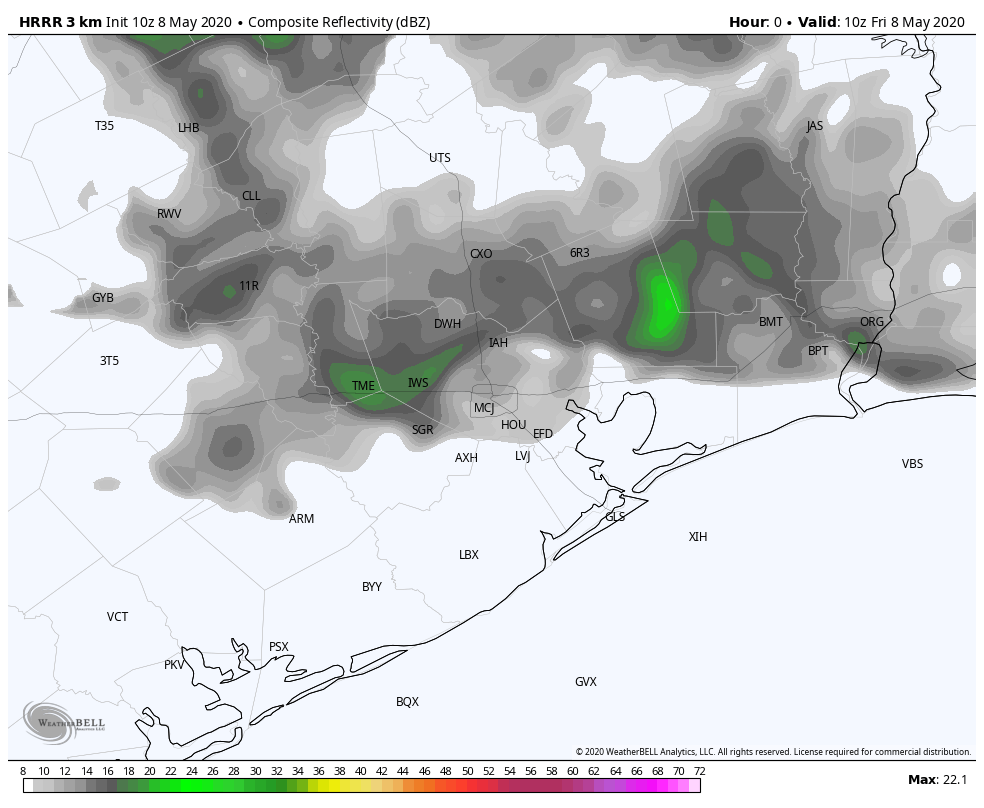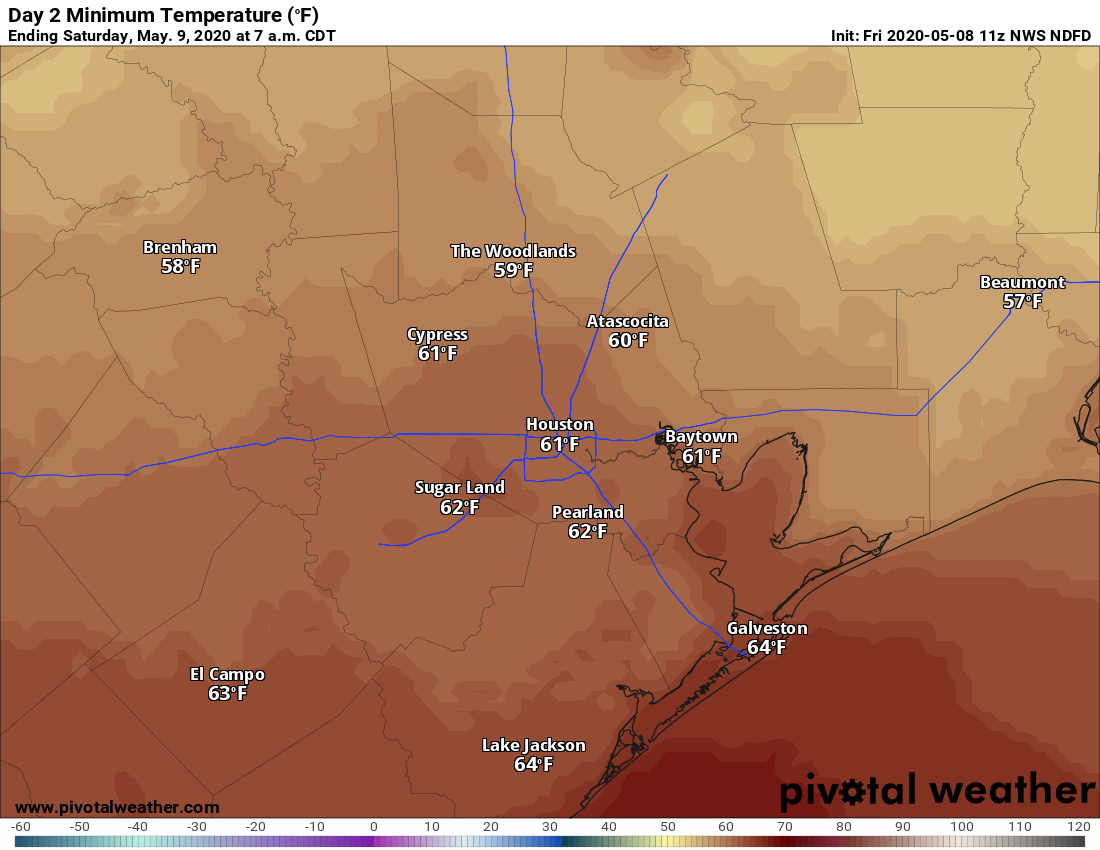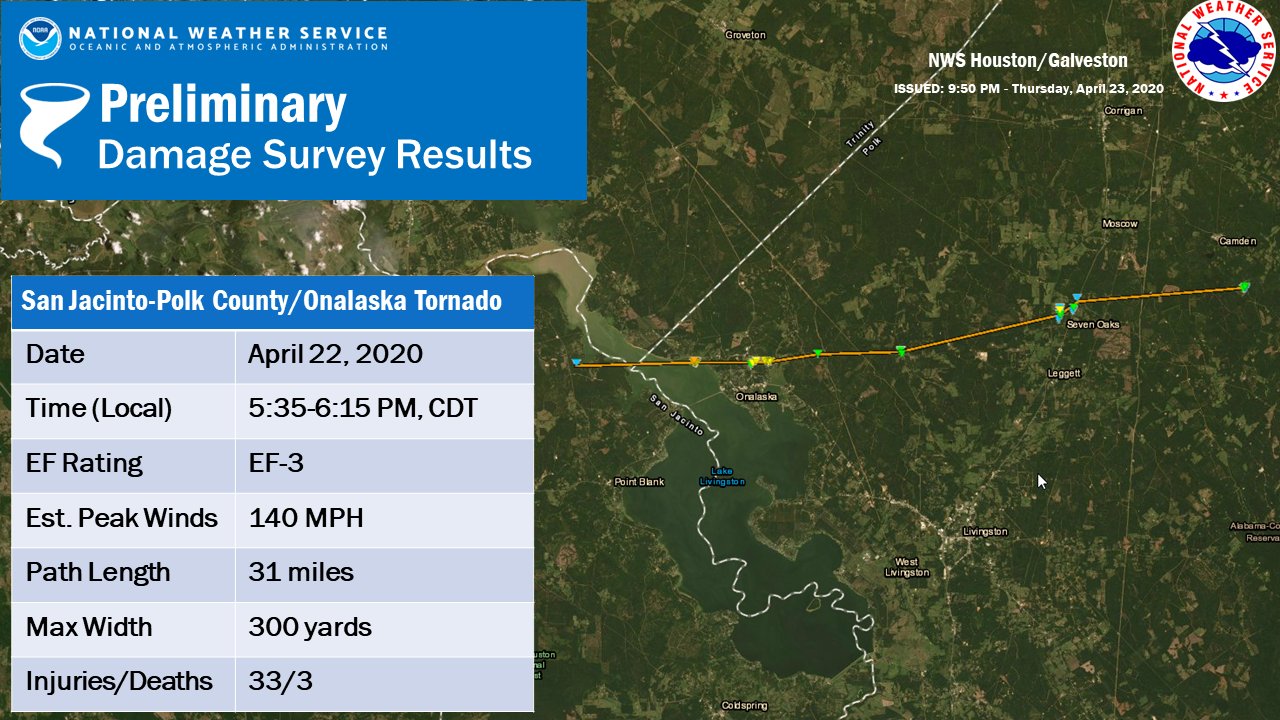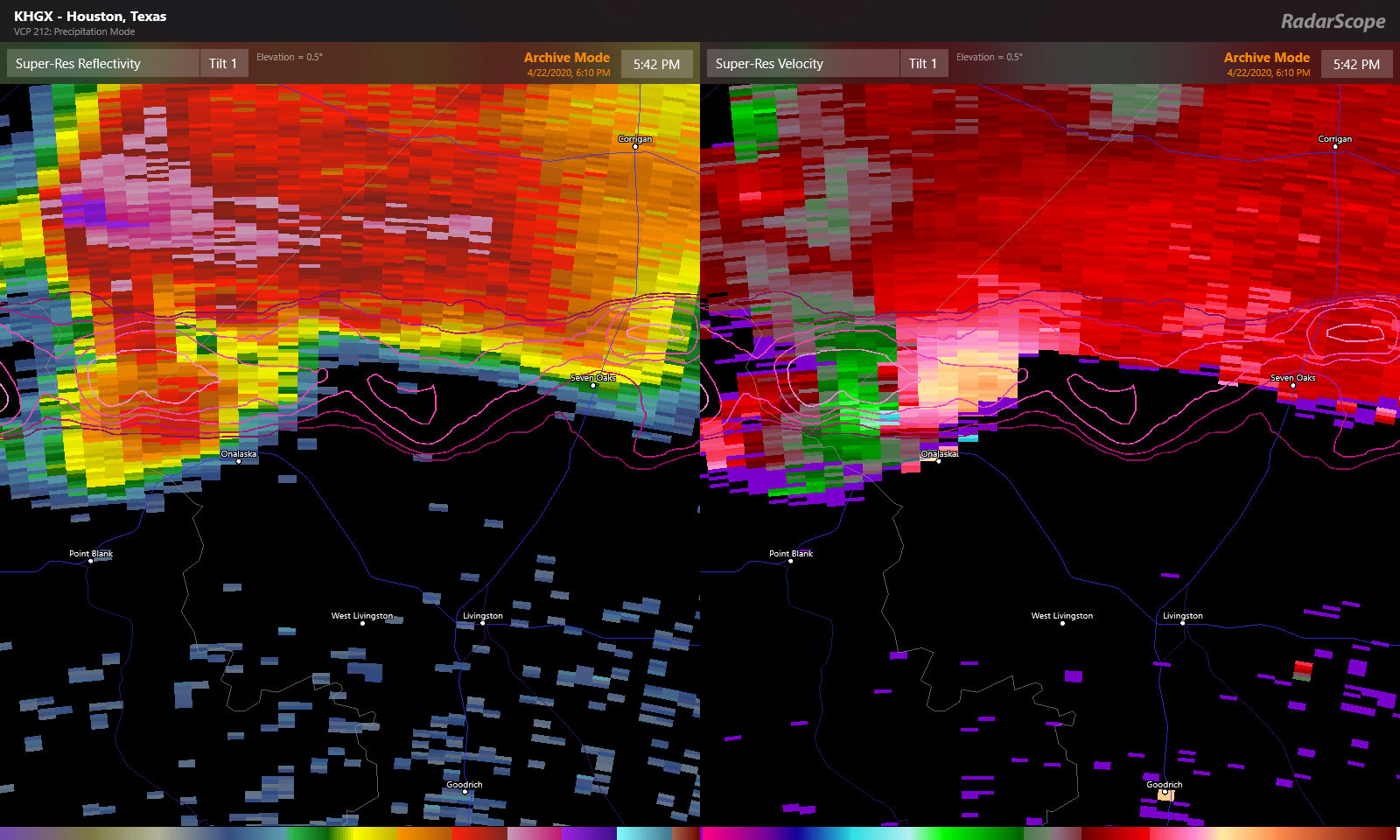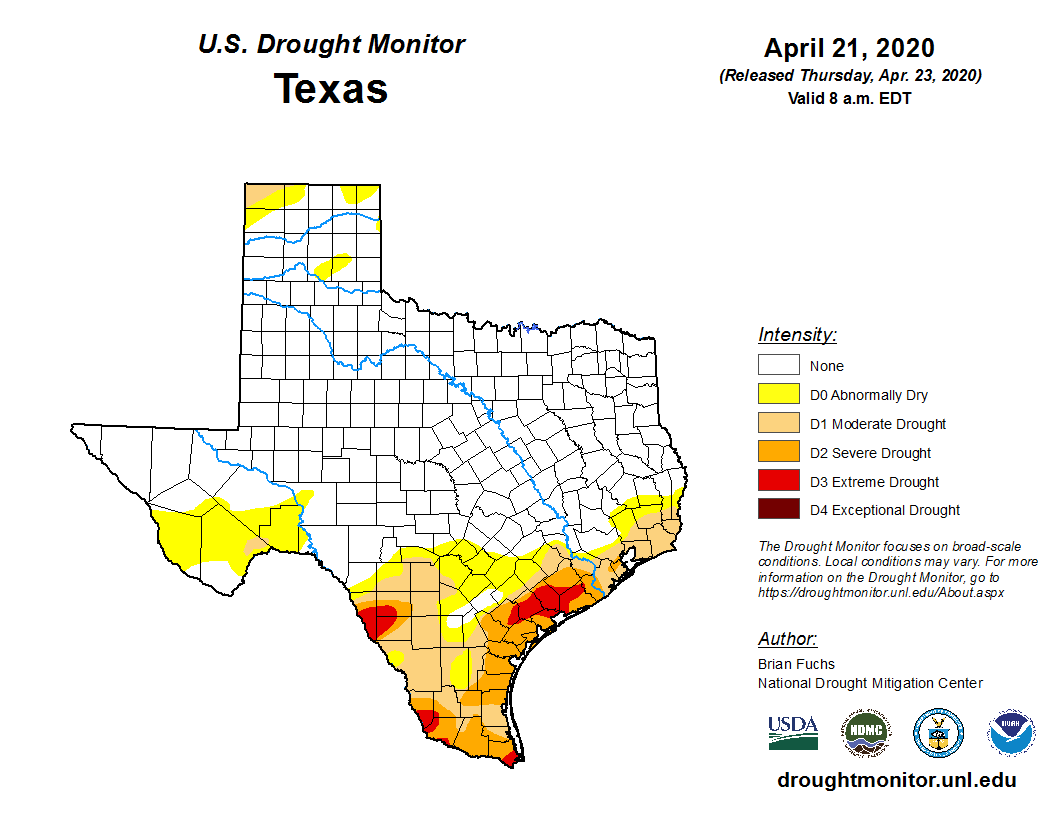On Thursday, we expected a handful of thunderstorms to develop across the area, though it seemed likely most of us would be dry. That’s ultimately what seems to have happened in Southeast Texas, with one very glaring exception.
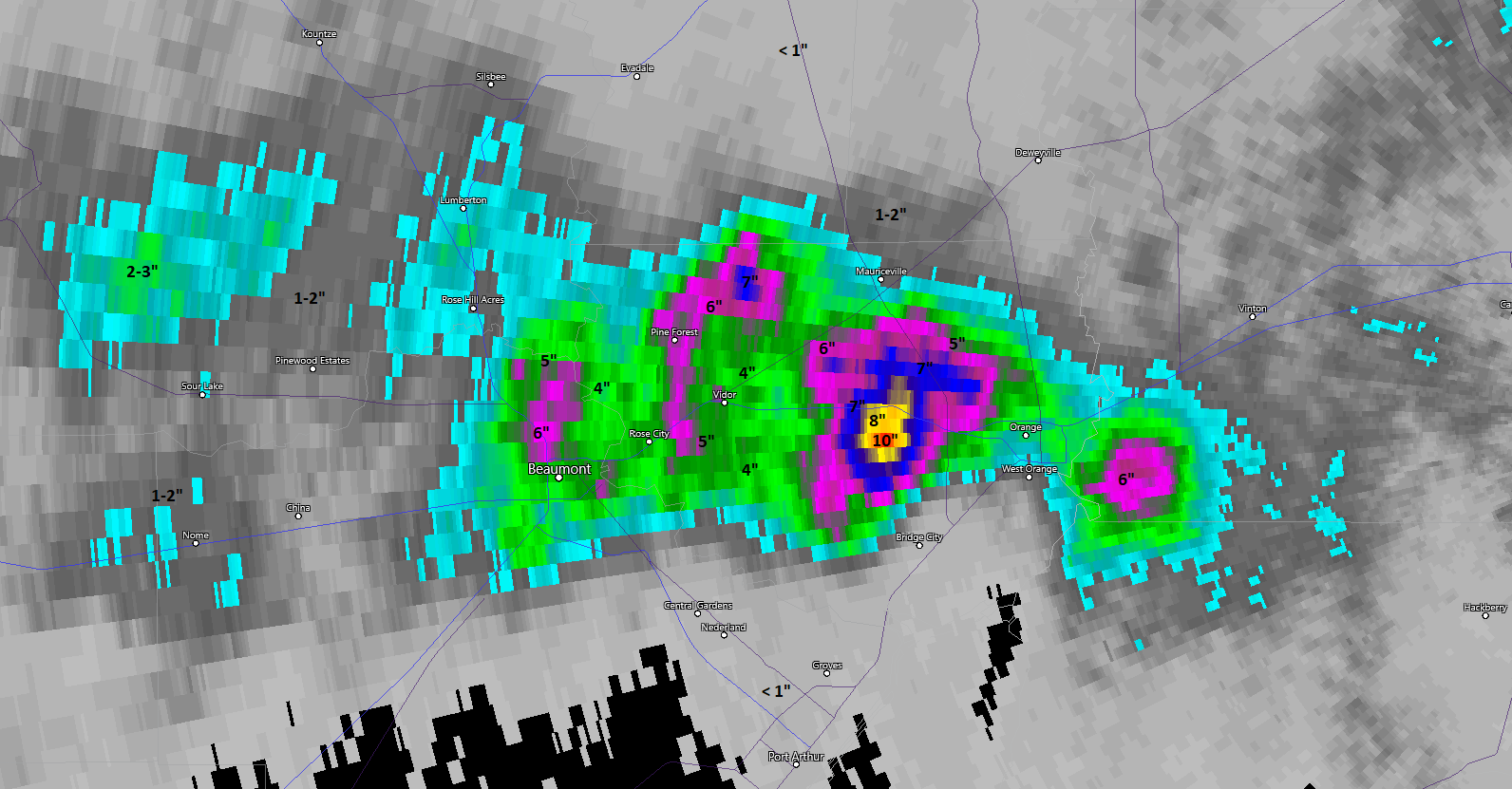
The area east of Beaumont, specifically between Vidor and Orange in Orange County was deluged on Thursday with up to 10″ of rain falling near Bridge City. While weather modeling did indicate thunderstorms were possible, none of the models that we saw remotely suggested this amount of rain would fall.
This brings up a key point I like to remind folks of this time of year in Texas: No matter how many models we look at, or how clear we try to be when it comes to forecasting rainfall totals, the reality in Texas is that under the right (wrong?) meteorological conditions, 4, 6, 8, 10 inches of rain can fall on any given location. We are in a very humid air mass, with yesterday’s precipitable water values running 150 to 200% of normal in parts of the region. In English, there was a lot of moisture available to dump heavy rain. Weather models won’t always tell the whole story. If a couple slow moving storms get going, they can easily dump 1 to 3 inches an hour on a location for several hours in this pattern. That’s what unfortunately happened in Orange County yesterday.
We don’t expect that to occur again today, but there will likely be some heavy storms around in a few spots. A Flash Flood Watch has been issued by the National Weather Service for all of the Houston metro area and coast from tonight through Saturday. We are growing somewhat more concerned about Saturday’s potential for widespread street flooding across the area, something that would be akin to a Stage 1 flood event for the area on our Space City Weather flood scale, which we describe in detail here.
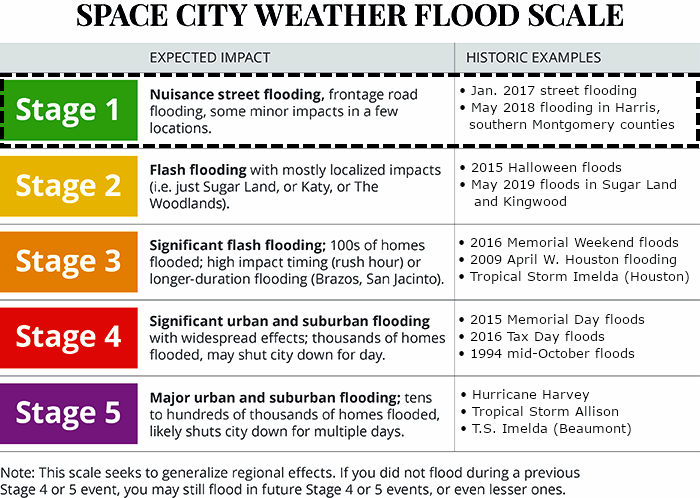
Remember, our scale is primarily to set your expectations at a high level for the type of flooding we could see. It’s not a guarantee of what will happen specific to your backyard. We may adjust this later today or tonight as new data warrants.
Summary
The forecast over the next 24 to 36 hours is very complex. Here’s a quick summary of what we’ll go through in detail below:
Today: Most locations see a few passing showers or no rain at all. However, a handful of smaller locations in the Houston metro area have the potential to see slow moving downpours capable of producing 2 to 4 inches or more and flash flooding.
Tonight: Rain ends, then rain chances increase rapidly again after 4 AM, with heavy showers and thunderstorms likely everywhere by sunrise.
Saturday: Heavy morning storms likely with torrential downpours. Street flooding possible, if not likely. Storms should gradually end in the afternoon with a mostly quiet night.
We expect total rainfall to average 1 to 4 inches across the region. There will be many places that come in closer to 1 to 2 inches, but we also expect a couple locations to see perhaps 6 inches or more when all is said and done.
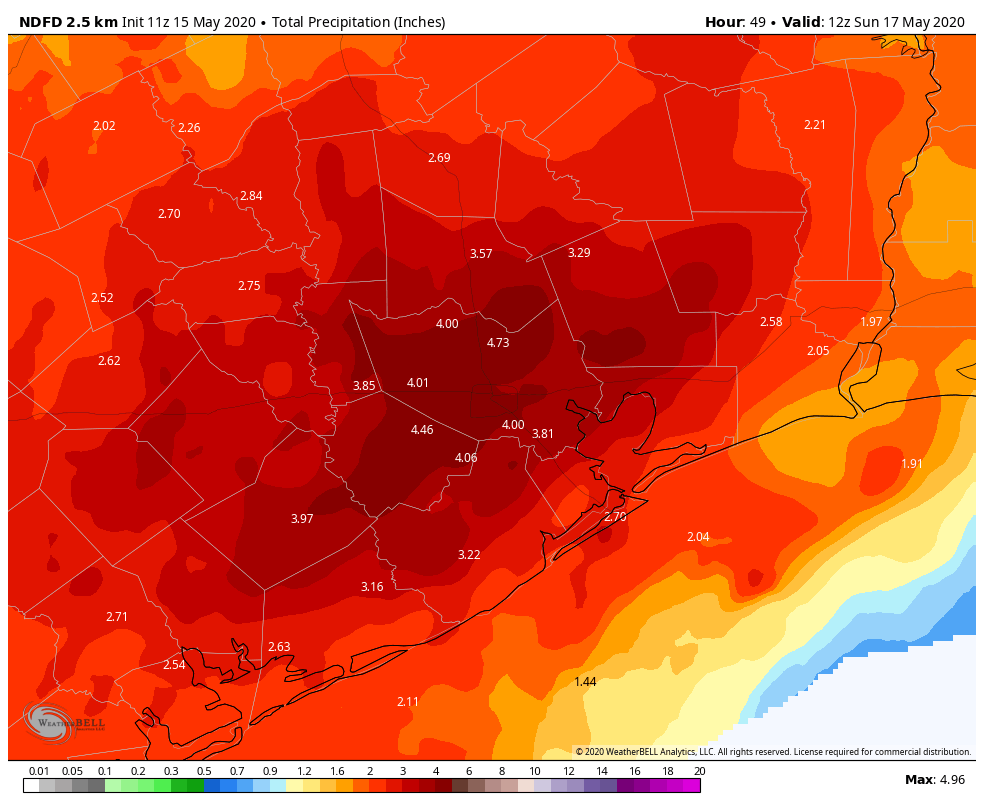
Today
Things are quiet this morning, with just a few isolated downpours in the Beaumont-Port Arthur area again.
For the Houston area, let’s call it about a 50 percent chance of showers and storms today. The problem today is the same as above in that if any storms develop and drift slowly, we could be talking about some very heavy rain for isolated spots. And some of the higher resolution models we use suggest this is a possibility around Houston. So while many of us will only hear some thunder and see little to no rain, a handful of smaller locations could see 2 to 4 inches of rain or more this afternoon. I don’t want to try and specify where those bigger ticket totals will be exactly, but based on this morning’s model guidance, they would occur somewhere in western Harris, Fort Bend, or Brazoria Counties.The Weather Prediction Center has us in a “Slight Risk” of excessive rainfall today.
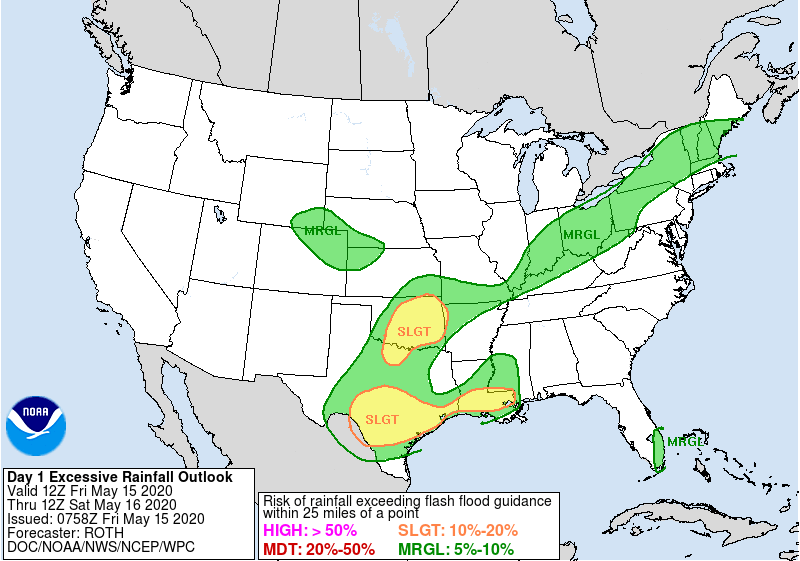
This just underscores that flash flooding is a possibility today.
High temperatures will likely peak in the mid- to upper-80s this afternoon.
Tonight
We expect any lingering showers or storms to end around or just after sunset. Through the first part of the night, things should be quiet. Meanwhile, severe storms in West and Central Texas will likely congeal into an organized complex of thunderstorms and heavy rainfall and work east out of Hill Country overnight. We could begin to see showers develop out in front of that in the last few hours of the night. The general rule is that as we go from this evening to midnight, rain chances dwindle to near zero. From midnight through 6 AM Saturday, rain chances begin to escalate again, rapidly after about 4 AM. Lows will be in the 70s.
Saturday
As noted above, the broad summary is that a complex of heavy rain and storms will plow through the entire Houston area on Saturday morning. Some of the storms could be severe, with strong winds being the main concern. But the main concern on Saturday will be street flooding.

We should all receive anywhere from 1 to 4 inches of rain with that, though some higher amounts will be possible. Street flooding seems to be a reasonable possibility. Where things would get dicey is if the complex of storms slows down and allows for new storm development or “training” (storms moving over the same areas) on the backside, something we can’t entirely rule out. If that happens, those areas would see another 1 to 3 inches or more of rainfall and more widespread, significant street flooding would become a possibility.
Given how poorly models have performed with specifics historically in these events and how much moisture will be available, I don’t want to try and tell you that we know exactly who will see how much rainfall. We don’t. I expect that we will have a better handle on this later today, and we may post an update this afternoon or evening to clue you into what has changed since this morning.

